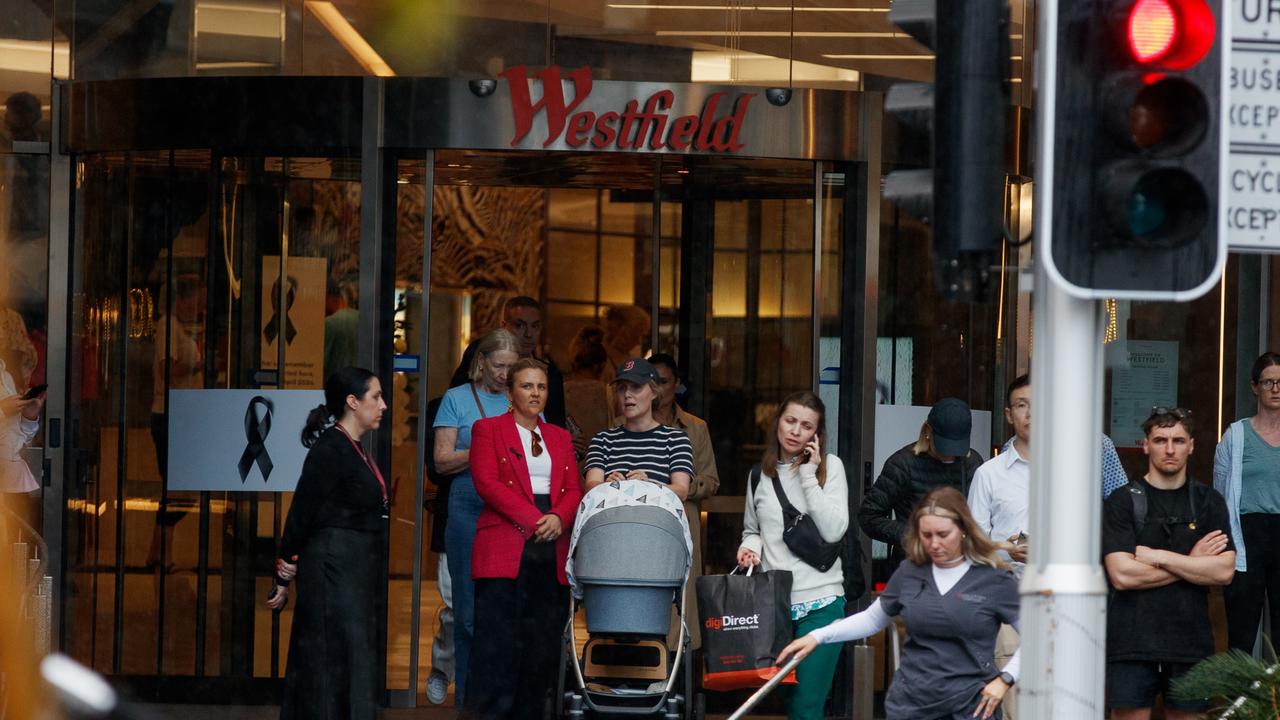‘Narrow path to a soft landing’: Australian economy tipped to improve growth rate over 2025 but warned of later rate cuts, job losses
A new outlook has forecast the Australian economy is on a “narrow path to a soft landing” and is tipped to improve next year – but there’s a major catch.
The Australian economy is tipped to recover over 2025 as consumers get used to higher rates, with one economic outlook forecasting the country is on a “narrow path to a soft landing”.
But the International Monetary Fund (IMF) also says key risks remain – including a later-than-usual possibility of rate cuts and job losses amid an “anaemic” recovery over the last year alone.
Australia’s economic growth is tipped to pick up from an anaemic pace in 2025, with the International Monetary Fund saying it is one of the more resilient economies in the world.
According to the latest update from the IMF, Australia’s economy is tipped to grow from 1.2 per cent in 2024 to 2.1 per cent in 2025 as real income growth and tax cuts potentially boost private consumption while public demand remains strong.
“Australia remains on a narrow path to a soft landing, but risks are tilted to the downside. Growth slowed in the first half of the year, with household consumption weak as real incomes remained soft,” the IMF executive board said.

A narrow path is achieved if the Australian economy is able to curb inflation through higher interest rates without moving the national economy into a recession.
The IMF expects the Australian economy to achieve this despite higher interest rates and higher unemployment.
“Despite rising unemployment, the labour market remains resilient. Growth is expected to pick up over the following quarters, supported by a gradual recovery in private demand and robust public demand.”
This growth rate prediction is in line with the IMF’s call in January 2024 and is broadly in line with the Treasury departments, which is predicting growth of 1.75 per cent in 2024-205 before picking up to 2.25 per cent in 2025-2026, off the back of a gradual recovery in household consumption.
“Growth is expected to pick up over the following quarters, supported by a gradual recovery in private demand and robust public demand. Downside risks to growth include persistent weakness in private demand or a further slowdown in key trading partners,” the IMF executive board said.

The IMF said in the near term, policies should be aimed at reducing the final leg of sticky inflation with the economic body backing the RBA holding the current rates higher for longer.
“In this context, the current restrictive monetary stance is appropriate, and needs to be supported by fiscal policy that avoids an expansionary stance and complements monetary policy’s disinflation objective, the IMF board said.
However, they warn against increasing public spending, saying Australia should reduce some of its infrastructure projects to lower the rate of inflation.
“Specifically, reprofiling public infrastructure investments and improving the targeting of transfer programs can help mitigate excess demand while better supporting the most vulnerable,” the IMF executive board said.
Australian Treasurer Jim Chalmers said the IMF’s latest report shows his government’s economic plan is working.
“Our approach has been to maintain a primary focus on inflation and the cost of living without ignoring the risks to growth and the IMF supports this strategy,” Dr Chalmers said.
“We’ve been planning and preparing for a soft landing, and with the economy still growing, inflation back in the band, real wages growing, jobs growth continuing and low unemployment the IMF says we are on track for one.”

But while it is reporting an overall stronger economic outlook, there remains key risks to the downside which could see Australia’s inflation rate sticking around.
The IMF warns of the potential “tightness” of the Australian labour market – currently at 4.0 per cent after surprisingly strong figures in November.
Should unemployment remain tight or the Australian government increase, its fiscal spending it could delay Australia’s deflationary progress and see rates stay higher for longer.
“Conversely, weaker-than-expected growth or a faster-than-projected increase in unemployment may prompt the Reserve Bank to lower interest rates sooner,” the IMF said.
They also flagged risk that could be out of Australia’s control which would see us import inflation. This could lead to higher interest rates for longer.
“External risks include weakness in major trading partners, geoeconomic fragmentation affecting global trade, and rising shipping costs and volatile energy and food prices amid escalating geopolitical tensions, which could also complicate the disinflation process.”



